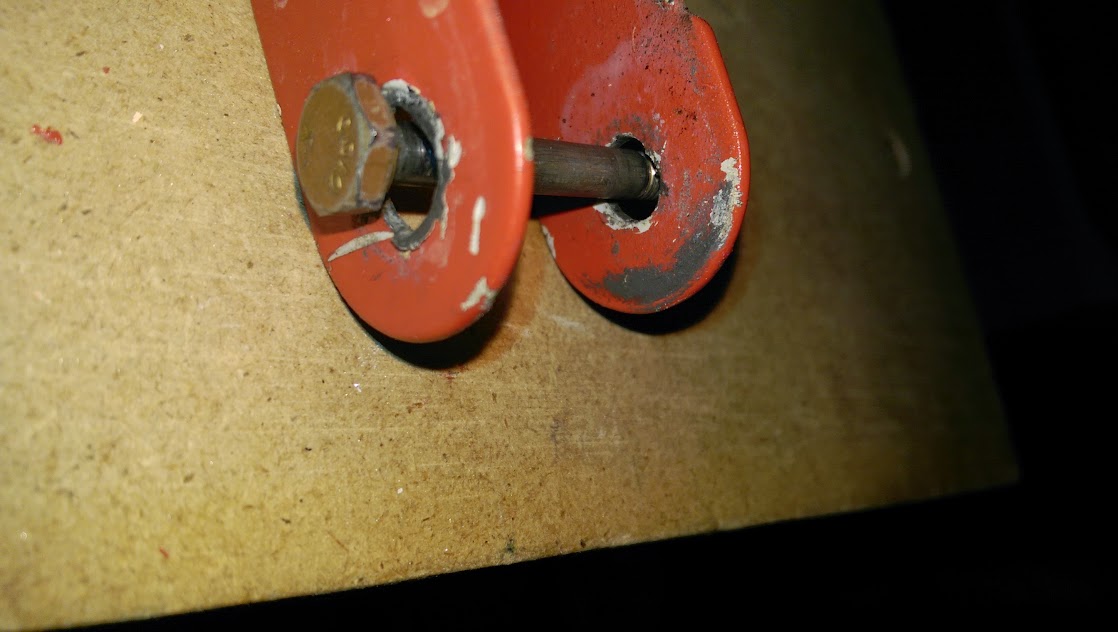rotoiti
Well Known Member
Hi all,
I discovered that the inboard right aileron hinge has elongated holes and probably needs to be replaced. Here are the photos (sorry for one that is out of focus).
http://goo.gl/ZNFXvO
http://goo.gl/i7dGc8
Does it need to be replaced? It looks to me like it does, since there is significant play in the right aileron at that hinge.
I bought my plane flying so I have no recollection of building this part. Is this A-1007-R-PC ?
Thanks!
I discovered that the inboard right aileron hinge has elongated holes and probably needs to be replaced. Here are the photos (sorry for one that is out of focus).
http://goo.gl/ZNFXvO
http://goo.gl/i7dGc8
Does it need to be replaced? It looks to me like it does, since there is significant play in the right aileron at that hinge.
I bought my plane flying so I have no recollection of building this part. Is this A-1007-R-PC ?
Thanks!






